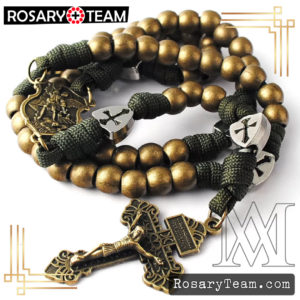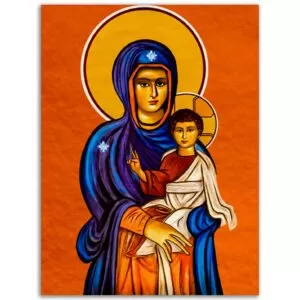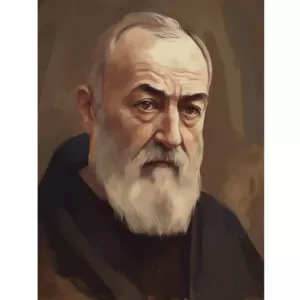Paragraph 1. THE SON OF GOD BECAME MAN

466
The Nestorian heresy regarded Christ as a human person joined to the divine
person of God’s Son. Opposing this heresy, St. Cyril of Alexandria and the
third ecumenical council, at Ephesus in 431, confessed “that the Word,
uniting to himself in his person the flesh animated by a rational soul, became
man.”89 Christ’s humanity has no other subject than the divine
person of the Son of God, who assumed it and made it his own, from his
conception. For this reason the Council of Ephesus proclaimed in 431 that Mary
truly became the Mother of God by the human conception of the Son of God in her
womb: “Mother of God, not that the nature of the Word or his divinity
received the beginning of its existence from the holy Virgin, but that, since
the holy body, animated by a rational soul, which the Word of God united to
himself according to the hypostasis, was born from her, the Word is said to be
born according to the flesh.”90
- SECTION TWO I. THE CREEDS
- CHAPTER TWO I BELIEVE IN JESUS CHRIST, THE ONLY SON OF GOD
- Article 3 “HE WAS CONCEIVED BY THE POWER OF THE HOLY SPIRIT, AND WAS BORN OF THE VIRGIN MARY”
- Paragraph 1. THE SON OF GOD BECAME MAN
- Article 3 “HE WAS CONCEIVED BY THE POWER OF THE HOLY SPIRIT, AND WAS BORN OF THE VIRGIN MARY”
- CHAPTER TWO I BELIEVE IN JESUS CHRIST, THE ONLY SON OF GOD
From The Catechism of the Catholic Church – rosary.team
Original Link: https://www.vatican.va/archive/ENG0015/__P1J.HTM
















